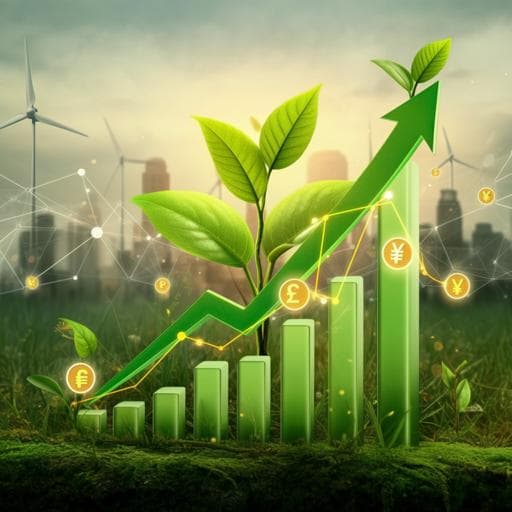
Economics
Green finance, social inclusion, and sustainable economic growth in OECD member countries
J. Han and H. Gao
Explore how social inclusion and green finance can influence sustainable growth across OECD nations in this insightful study by Jian Han and HaiYan Gao. While social factors show limited impact, discover the positive effects of green financial markets and investment on green development from 2010 to 2021.
~3 min • Beginner • English
Related Publications
Explore these studies to deepen your understanding of the subject.







